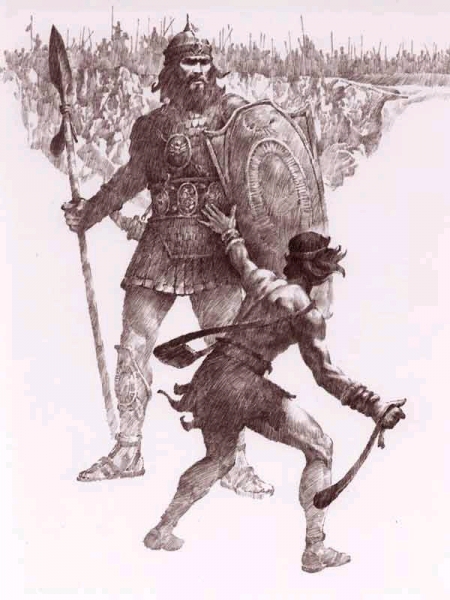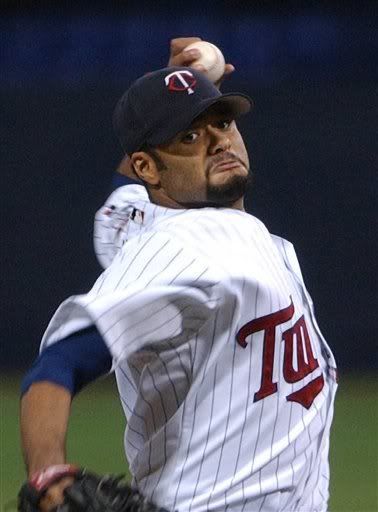
After winning my Roto-style, AL-only league in 2007, I had to settle for 2nd place in '08. After spending much of the season in either fourth or fifth place, my squad put together a nice run to challenge the leaders. However, we couldn't catch the top team, and settled for next-best, finishing 3 points behind the winners, and just 1/2 point ahead of the 3rd place team.
My team was really strong in the pitching categories, but offense was a challenge all year. We redrafted Chone Figgins as our primary source of speed. When he got injured early on, we fell 20 steals behind the 9th place team in that category. After his return, we made up a lot of ground, but only finished with 2 points in the steals category. That made it much more difficult to put together enough points in the other stats to make a run at first place.
Our pitching staff was dominant, finishing first or second in Wins, Saves, ERA and WHIP. However, we decided to go with only 4 starting pitchers at times (due to injuries), and that hampered us in the Strikeout department, where we only finished seventh. I love piecing together a starting staff of low-priced pitchers, and it worked again for me in '08. I kept Jeremy Guthrie, who was good until he got injured. I also picked up Gavin Floyd and Glen Perkins off the waiver wire early on, and added Mark Buehrle after his slow start. I also had Joe Saunders at $1 from the previous year. I had more than enough bullpen, with Mariano Rivera and George Sherill garnering a bunch of saves. Jensen Lewis replaced Sherrill, and Joey Devine and Frank Francisco tossed in a few saves as well.
Offensively, we were above average in everything but steals. However, we weren't great in any category, with our highest finish being 4th. My two biggest regrets of the season were keeping Miguel Batista over Cliff Lee --- and drafting Alexei Ramirez and then dumping him in April to keep Juan Uribe. Ramirez could have potentially given me the couple of extra points I needed to win. My $2 catchers Miguel Olivo and Dioner Navarro both overachieved somewhat, although I think Olivo can match his '08 stats next year, since he's been promised the starting job. Mike Aviles, Brian Buscher, Marcus Thames and Adam Lind were all nice free agent pickups, but the team lacked enough power to contend for the top in Home Runs and RBI.
Even though we came up short in '08, I stand by my philosophy of building a cheap starting pitching staff, paying top dollar for one established closer and base stealer, and then spending the rest on offense. Starting pitching is the easiest commodity to acquire in most leagues. In fact, you can often build a tremendous rotation from the free agent wire if you can pick up some players who start out poorly.
That's it! I'm just hoping my AL players don't get traded to the other league before next season!













